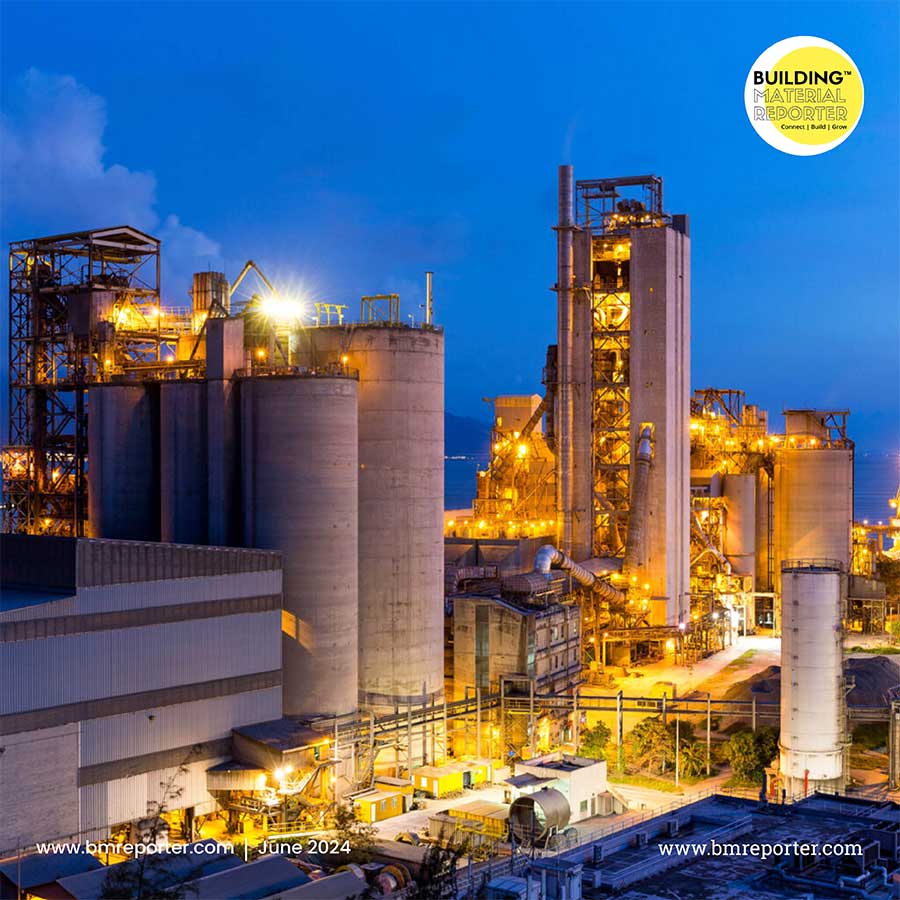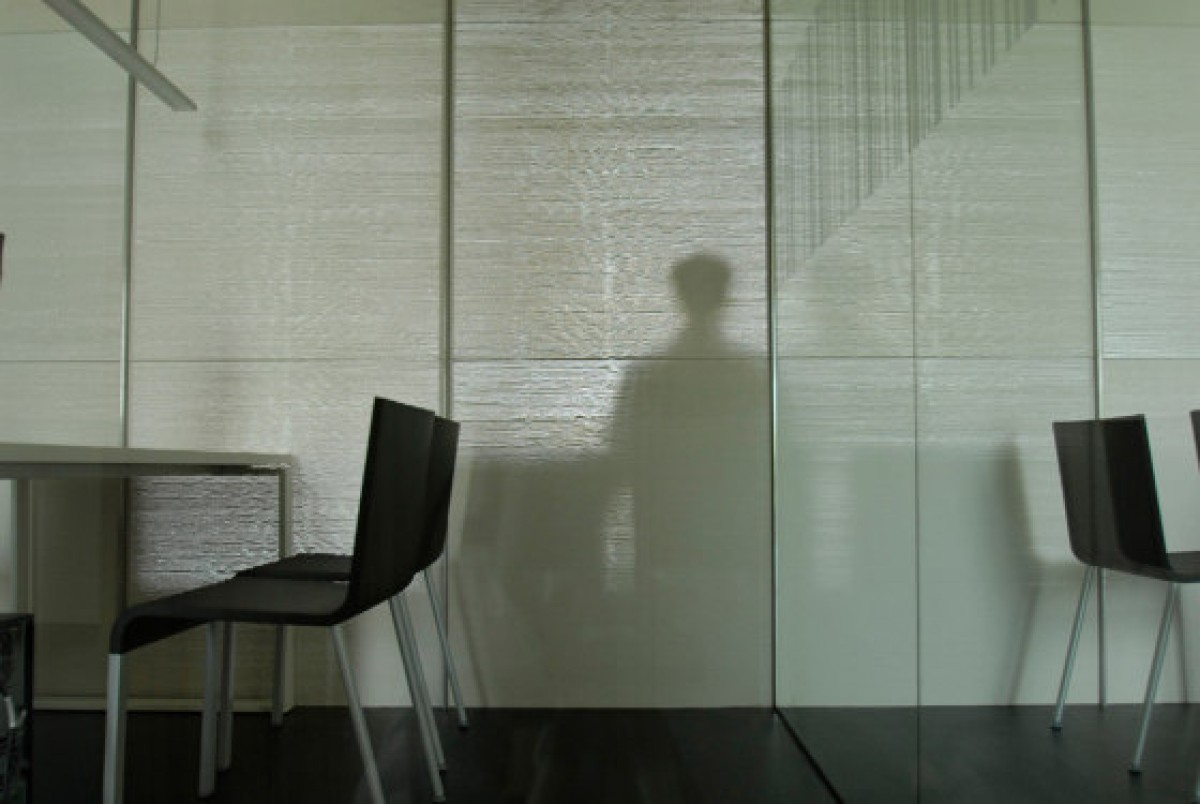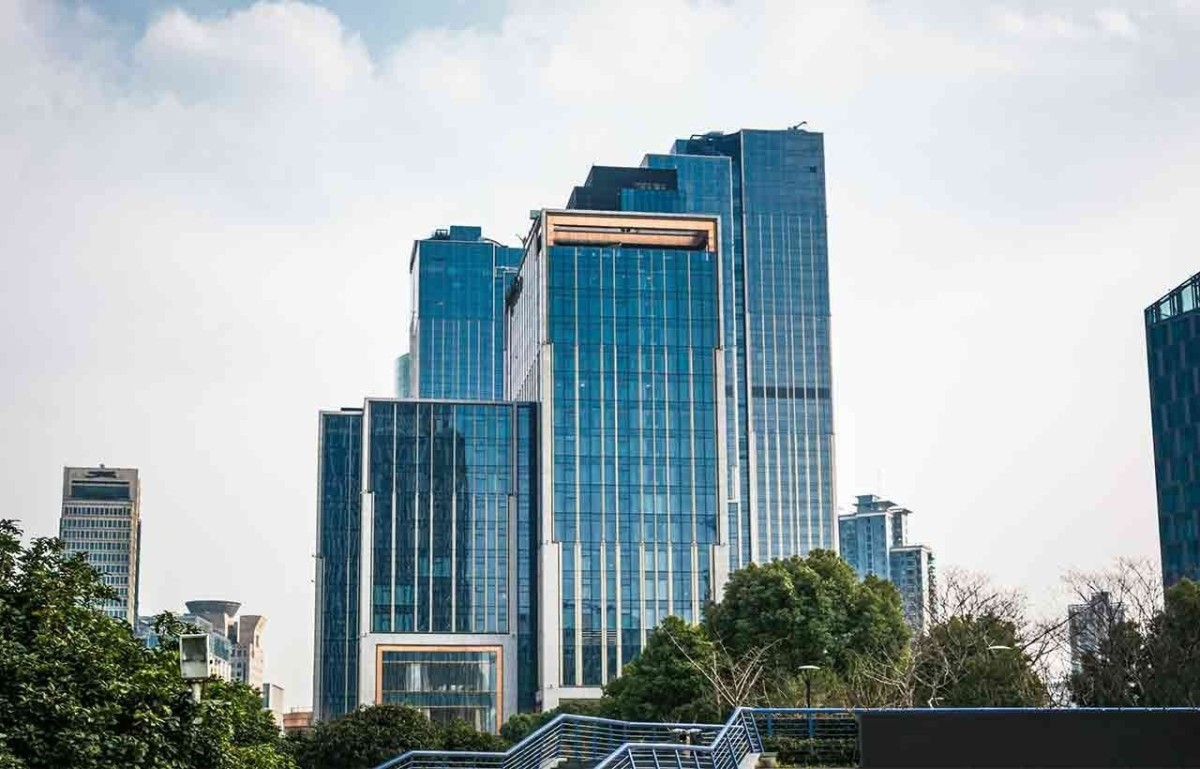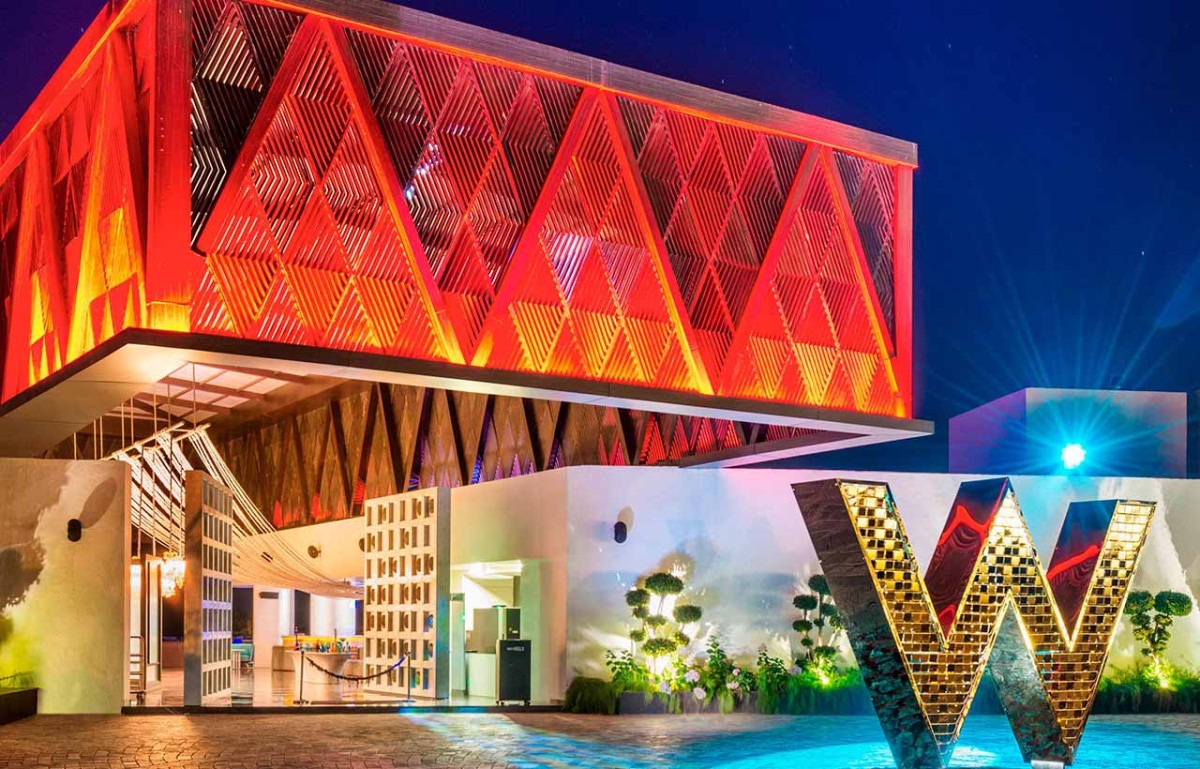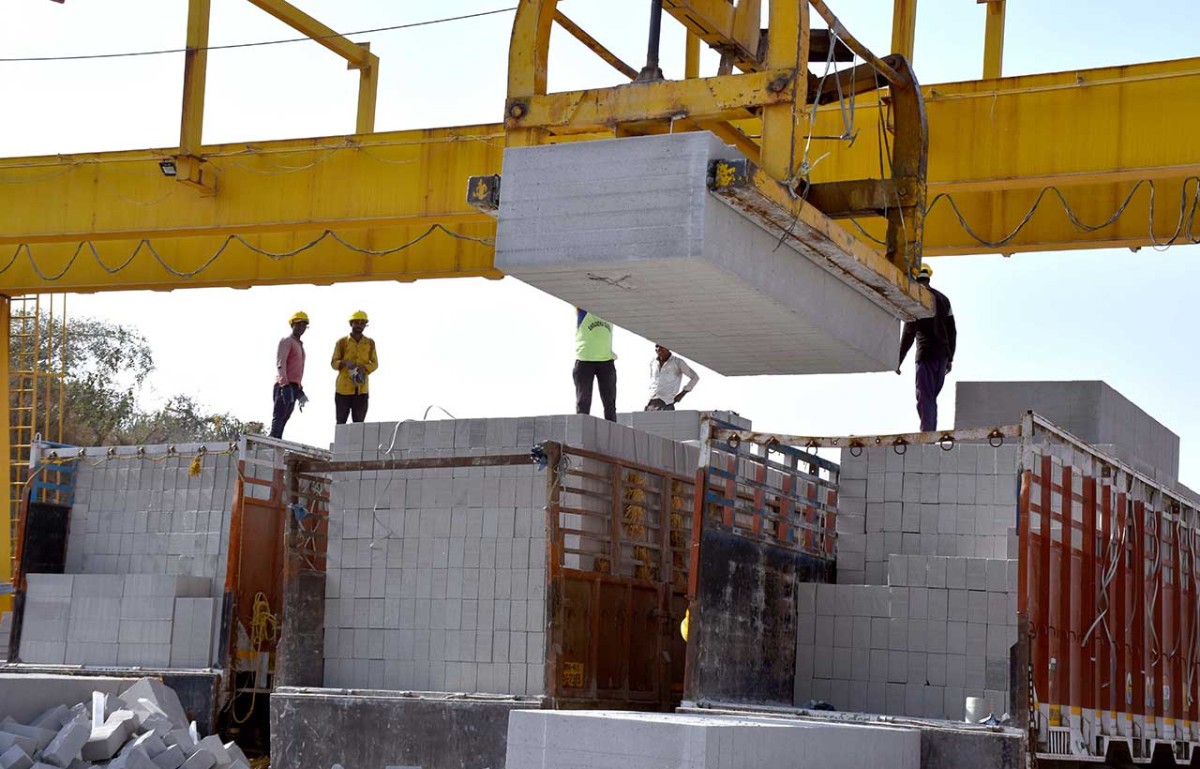Translucent Concrete: What is it all about?
- November 6, 2023
- By: Yukti Kasera
- PRODUCTS AND MATERIALS
What is translucent concrete? This question might pop up the mind. A marvel of contemporary architecture, translucent concrete, is sometimes referred to as light-transmitting concrete. Concrete is turned from a mundane, grey block to an amazing, light-emitting marvel by this unique material. Light can pass through concrete and produce an ethereal glow by adding light-transmitting materials to the concrete mix, such as optical fibers or clear resins. The end effect is captivating, and it can be applied to produce breathtaking artistic designs for sculptures, buildings, and other structures. The material known as translucent concrete blurs the distinction between solid and light, creating new artistic opportunities in the fields of architecture and design.
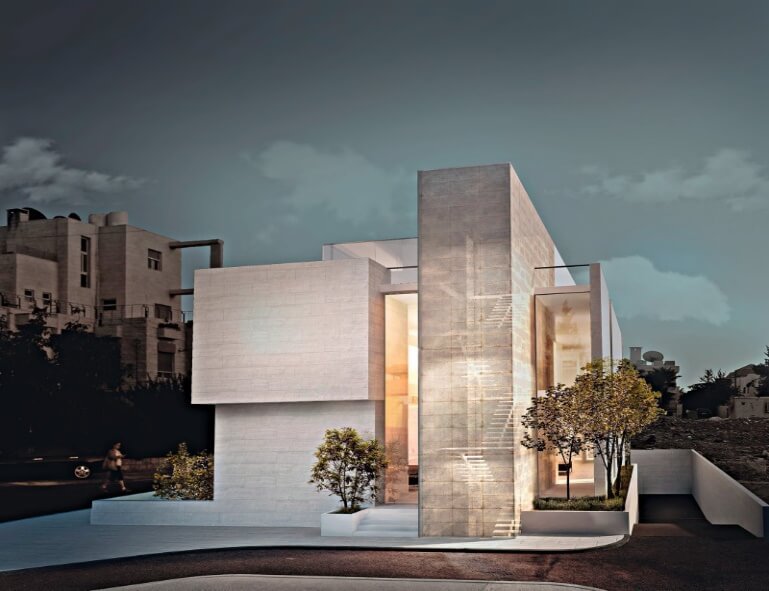
Though the first versions were developed in the early 2000s, translucent concrete architecture is still regarded as an emerging technology in the construction industry.
Translucent concrete uses are still being researched and developed in India and other countries. Numerous private businesses and academic institutions in India are working to enhance the qualities and functionality of translucent concrete through research. Optimizing mix design, investigating new materials for light transmission, creating new manufacturing processes, and studying the structural characteristics of translucent concrete are a few areas of study in this context.
Translucent concrete is being used in certain building projects and is the subject of substantial academic research worldwide. Enhancing translucent concrete's applications, strength, resilience, and light-transmission capabilities is the main goal of research. Furthermore, researchers are looking into the use of translucent concrete in novel and creative applications, like urban furniture, interior design elements, and energy-efficient building facades.
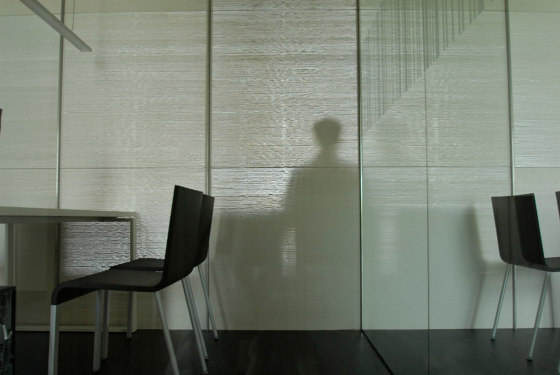
The translucent concrete market was projected to be valued at approximately US$ 1.6 million worldwide in 2022, according to Transparency Market Research Inc. From 2022 to 2031, the market is projected to expand at an astounding 41.6% CAGR, with a projected gain of US$ 26.5 million by that year.
Translucent concrete applications also supports green building practices by providing notable benefits in energy efficiency and sustainability. Because translucent concrete allows natural light to penetrate structures deeper, it helps with daylight harvesting—a technique that maximizes the use of available natural light to reduce the need for artificial lighting. Residents pay less for power and use less energy. As a result, transparent concrete is becoming more and more popular.
Concrete and steel are the pioneers of modern architecture. Designing with translucent concrete can help reduce energy consumption and greenhouse gas emissions associated with the production of electricity, since lighting accounts for a significant portion of a building's energy use. With new varieties of concrete in the market, this variant is also here to stay. It has been shown that residents' general well-being, productivity, and happiness are all improved by having access to natural light. Transparent concrete provides a diffused illumination experience that is unique and enhances the home environment.
Stay updated with the latest trends and developments in architecture, design, home decor, construction technology, and building materials through Building Material Reporter.


